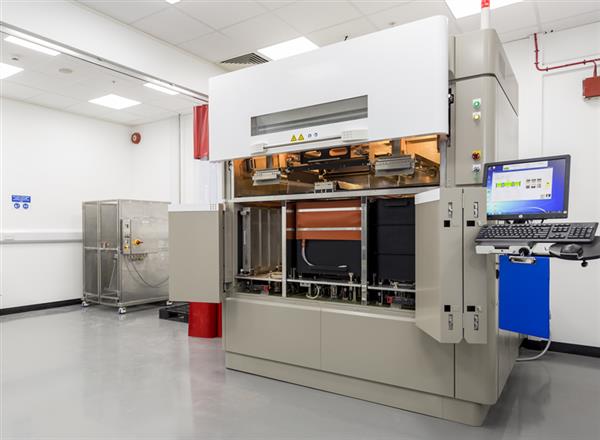Comments made by Ricoh Americas’ president & CEO, Joji Tokunaga have reconfirmed the Japanese multinational’s commitment to industrial 3D printing.
In an article published by ZDnet Tokunaga, together with senior VP of marketing, Glenn Laverty, and CEO of Ricoh Canada, discusses plans for a multi-year strategy that will see the 2D printing specialist move closer towards 3D printing.

From 2D to 3D printing
According to reports, the 2D printing sector is in decline. As publishing, advertising and administrative paperwork have increasingly become digitised those in the traditional printing sector have looked to diversify as part of a long term strategy.
To a degree, an element of technology transfer from the 2D to 3D printing world is possible. Furthermore, the vast network of channel partners and experience in maintaining such a sales channel can also be applied to establishing a new product in the market, for example a 3D printer.
In the 2D sector, HP was an early mover in terms of seeing the potential for 3D printing. After several years of development, the first public announcement was October 2014, HP launched the Multi Jet Fusion at RAPID in 2016. Since then HP has announced the development of a color 3D printer and plans for a metal additive manufacturing system.
While 3D printing currently contributes only a very small percentage to HP’s total revenue, the technology has significant potential for the future. In an interview with Multi Jet Fusion vice president and general manager Ramon Pastor said 3D printing will, “completely transform the $12 trillion global manufacturing industry, forever changing the way we conceive, design, produce, distribute nearly everything.”
While the Multi Jet Fusion system was developed internally by HP, this is not the only way to enter the additive manufacturing sector. In September 2016, GE launched a $1.4 billion takeover bid for two leading European metal additive manufacturing companies. GE would eventually acquire Arcam and Concept Laser.
The purchase marked the start of watch a GE spokesperson at the time described as a “ten year journey” with GE planning to use 3D printing to produce 15% of all components using 3D printing.

